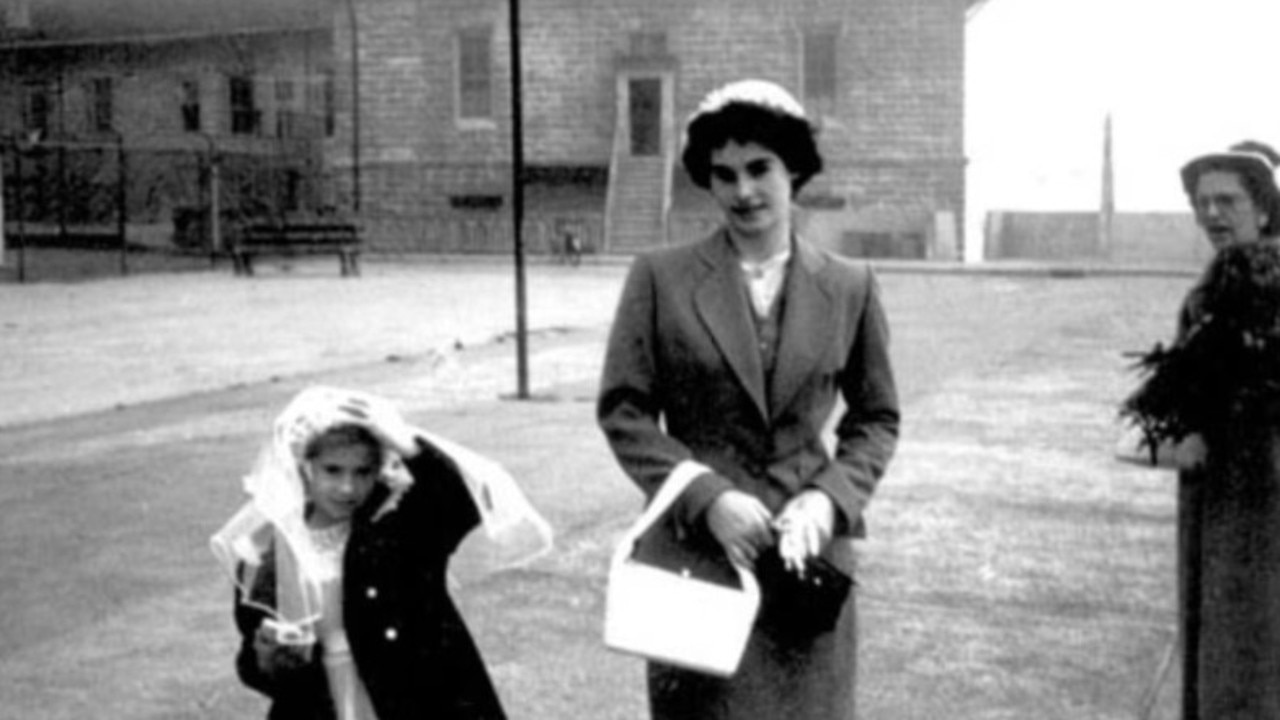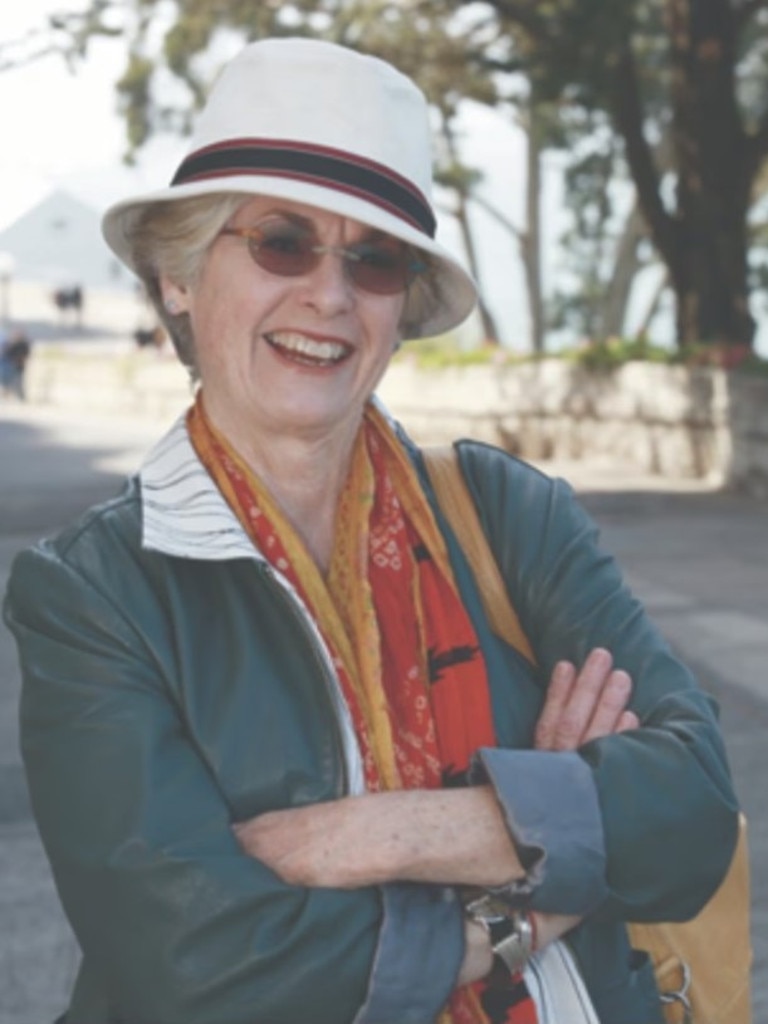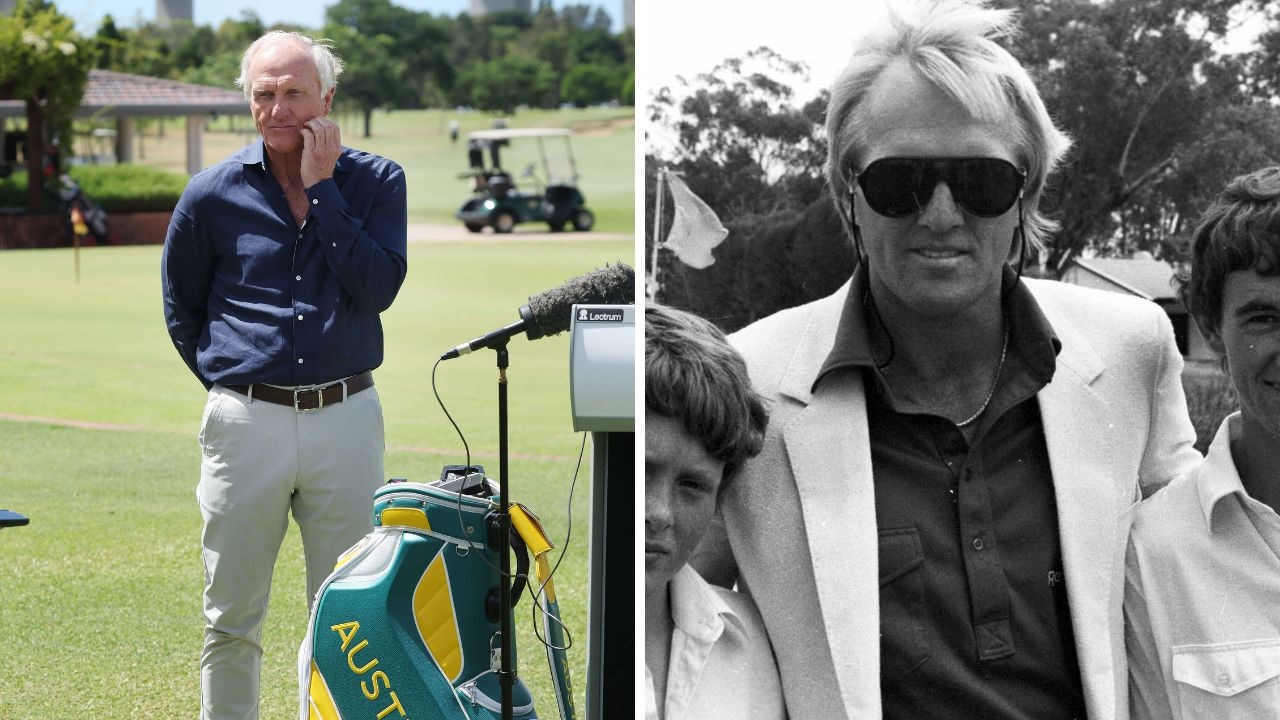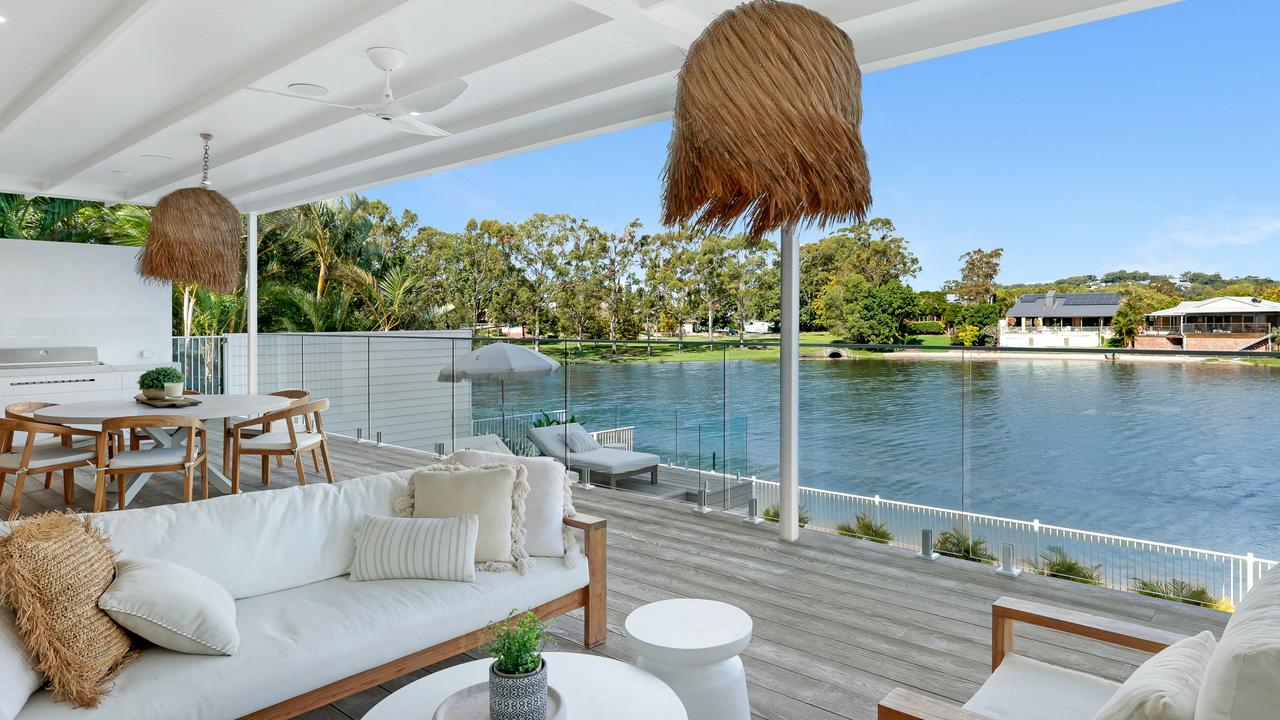I grew up on Alcatraz — this is what living on the notorious prison island was really like
A woman has revealed how she lived at the world’s most notorious island prison amongst the worst of humanity... and loved it.

President Donald Trump may want to open up the once-notorious Alcatraz Island prison to again house the “worst of the worst” criminals, but one woman remembers “The Rock” as a wonderful place to grow up.
“Weren’t you scared?” is a question that Jolene Babyak routinely gets about her childhood on a prison island known for housing infamous criminals such as gangsters Al Capone, George “Machine Gun” Kelly, and Mickey Cohen.
Located about 2km off the San Francisco shore and overlooking the Golden Gate Bridge, the federal penitentiary, which once housed approximately 250 men, became famous for being “impossible” to escape — though many tried, Realtor reports.
Only five succeeded in getting off the island, but are missing and presumed to have drowned in the surrounding choppy waters of San Francisco Bay.

MORE: Shock couple in Andrew-trashed Queen’s pad
Many movies were based on the notorious prison, including Clint Eastwood’s 1979 film “Escape from Alcatraz.”
But “scared” is not a word that Babyak would use to describe living on the island.
“We had a very tight-knit community, plenty of entertainment, a low-crime neighbourhood, and million dollar views!” she says.
The children of Alcatraz
Most people don’t realise prison staff and their children lived on the island alongside the prisoners.
Babyak resided there from 1954 to 1955 (from the age of 7 to 9) and again in 1962 when she was 15 years old. Her father, Arthur Dollison, was the associate and also acting warden.
With her parents and her two older siblings, Babyak first lived in a two-bedroom apartment in Building 64, an old military barracks.
The bottom portion of the building dated back to the 1860s, and the top (where they lived) was finished in 1906. Babyak and her sister, Corinne (who passed away in 2016), shared one large bedroom, while her brother got an “unlighted hallway.”
The island had a small general store and a post office but not much else. There wasn’t a hospital or medical clinic.
“Don’t get hurt,” was the advice the kids got.

Babyak, who today is one of the island’s premier historians and has written several books about the prison, once fell and hit her head.
A “minimally trained” medical technician monitored her for a concussion, but that was all for medical care.
“If it was really serious, like you were bleeding out, you’d have to go to the city,” she says.
This required catching a ferry, which ran frequently from a dock on the island.
As a second grader in the 1950s, Babyak was sent into the city by herself for school.
“Different times,” she says, laughing.
She and other kids from the island would take the ferry and then a bus to their school, and back again.
No telephones on the island could reach the city, so once she left for the day, she was essentially on her own — with a few older kids to make sure she got around OK.
Classmates knew she lived on the notorious island.
“They were fascinated,” she says.
“They mostly wanted to know about Al Capone, who was dead by then. I got the feeling they thought that the kids and prisoners all ate dinner together at one long table.”
MORE: Iconic ‘Spite House’ hits market for $1.2m

A unique — but ‘ideal’ — childhood
She remembers a childhood full of adults who were “very actively involved” in their kids’ lives — constantly putting on events, parties, dances, “watermelon feeds,” and performances to keep the young ones occupied and out of trouble.
While they all played on a large playground in the middle of the island, adults were constantly monitoring them, either keeping watch from the surrounding homes’ windows or as the men walked past while going to and from prison work shifts.
As a teen, Babyak enjoyed her first kiss after an island “beatnik”-themed party with another teen resident.
“We had this life on a prison island that was ideal,” she says.
She notes that this is the exact opposite of the childhood most of the prisoners had, and why they ended up where they did.
“They were throwaway kids,” she says. “The product of trauma.”

MORE: Common item banned from royal homes
As an adult, she realised that the prisoners weren’t there because of their supposed terrible crimes but because of their anti-social behaviour in other prisons — and that most were mentally ill.
Despite growing up always being told that her prisoner neighbours were the “worst of the worst” offenders, Babyak is adamant that she was never frightened of them. One prisoner even handed her a stray ball through a fence.
“He must have gotten permission from a guard,” she says.
Later on, other prisoners told her they had enjoyed listening to the sound of children playing, that it brought a bit of sunshine and normalcy to their lives.
Others, however, said they felt sorry for the kids, imagining them to be “trapped” on the island.
An infamous escape
Babyak was living in a nicer duplex house on the island in 1962, when the island’s most infamous escape happened. She was asleep when an alarm jolted her awake.
“My mother met me on the stairs, and she said, ‘Get dressed, there’s been an escape, we have to search the house,’” she says.
She and her mother, Evelyn, had to go down to the basement to see if the three escapees were hiding out there.
“That part was a little scary,” she says, though her mother told her in all likelihood the men had already gotten off the island.

The escapees were three bank robbers, John Morris, John Anglin, and Clarence Anglin. Their ingenious escape involved putting papier-mache model heads resembling their own heads into their beds, breaking out of the prison via ventilation ducts, and fleeing aboard an improvised inflatable raft.
While it assumed they all drowned, their bodies were never found, leaving open the possibility that the trio enjoyed freedom for the rest of their lives. But Babyak doubts this.
“They didn’t have food or money and two had never been to San Francisco before. They were rural farm kids,” she says.
She believes the men would have committed another crime eventually and been found out.
Alcatraz reboot?
Alcatraz is suddenly in the spotlight after Trump said he wants to reopen the island to prisoners, calling it a “symbol of law and order.”
The penitentiary was shut down in 1962 due to the difficulty and high costs associated with maintaining it. For one, there is no real sewage system — sewage was dumped into the bay. Water had to be brought in via a boat and stored in a large tank. For the small amount of prisoners it housed, only about 250, the cost wasn’t worth it.
“It’s been very odd and unexpected,” Babyak says of the surge of media attention due to the president’s remarks.
Today, the island is a tourist attraction. Babyak has been selling books and giving talks there for 30 years, along with former prisoners and at least one other former resident. The speakers have dwindled over the years, as more people who lived on the island pass away.
Babyak says she cherishes her time on the notorious island and was sad to leave when it closed.
“We were all sad,” she says. “The prisoners — not so much.”
This story first appeared on Realtor and was republished with permission.



